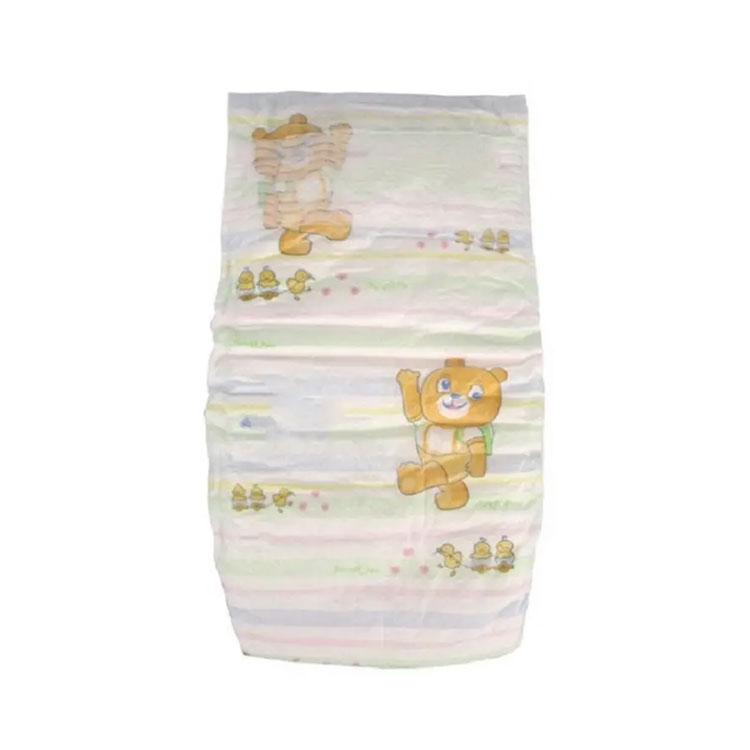Cost-Effectiveness of Eco-Friendly Diapers for Infants: A Long-Term Perspective
2024-06-28
Choosing diapers for your infant involves considering various factors, including cost, convenience, and environmental impact. While eco-friendly diapers are often perceived as more expensive upfront compared to regular disposable diapers, they can be more cost-effective in the long run. Let's explore the factors that contribute to the long-term cost-effectiveness of eco-friendly diapers for infants.
1. Upfront Costs vs. Long-Term Savings
At first glance, eco-friendly diapers may seem pricier than traditional disposable diapers. However, this initial cost can be offset by long-term savings. Many eco-friendly diapers are designed to be reusable, meaning they can be washed and used multiple times. Over the diapering period of an infant, this can lead to substantial savings compared to constantly purchasing single-use disposable diapers.
2. Durability and Quality
Eco-friendly diapers are often made from high-quality materials such as organic cotton and bamboo, which are more durable than the materials used in traditional disposable diapers. This durability means that eco-friendly diapers can withstand repeated washing and use without losing their effectiveness or comfort. As a result, parents may need to purchase fewer diapers over time, leading to cost savings.
3. Reduced Frequency of Purchases
The superior absorbency of many eco-friendly diapers means that they often need to be changed less frequently than regular disposable diapers. This can result in using fewer diapers each day, further reducing the overall number of diapers needed over the course of your baby’s diapering years. Fewer diapers mean fewer purchases, contributing to long-term cost-effectiveness.
4. Lower Medical Costs
Eco-friendly diapers are typically free from harsh chemicals, fragrances, and dyes that can irritate a baby’s sensitive skin. By reducing the risk of diaper rash and other skin irritations, these diapers can help parents avoid additional medical costs associated with treating these conditions. Healthier skin means fewer doctor visits and over-the-counter treatments, contributing to overall savings.
5. Potential for Resale or Donation
Reusable eco-friendly diapers have a longer lifespan, making them a viable option for resale or donation once your baby outgrows them. There is a thriving market for second-hand cloth diapers, allowing parents to recoup some of their initial investment. Alternatively, donating gently used diapers can also provide value by supporting other families and reducing waste.
6. Environmental Cost Savings
While not directly affecting your wallet, the environmental savings of using eco-friendly diapers contribute to broader economic benefits. Reducing landfill waste, lowering resource consumption, and minimizing pollution help to decrease the long-term environmental costs associated with traditional disposable diapers. These collective savings can lead to lower taxes and utility bills over time, as municipalities and governments spend less on waste management and environmental remediation.
Conclusion
While the upfront cost of eco-friendly diapers for infants may be higher than that of regular disposable diapers, their long-term cost-effectiveness is evident through various factors. Durability, reduced frequency of purchases, health benefits, and potential resale value all contribute to significant savings over time. Additionally, the broader environmental benefits of using eco-friendly diapers can lead to economic savings for society as a whole.
By considering both immediate and future expenses, parents can make an informed decision that balances cost, convenience, and sustainability. Opting for eco-friendly diapers not only supports a healthier planet but also proves to be a financially savvy choice in the long run.



